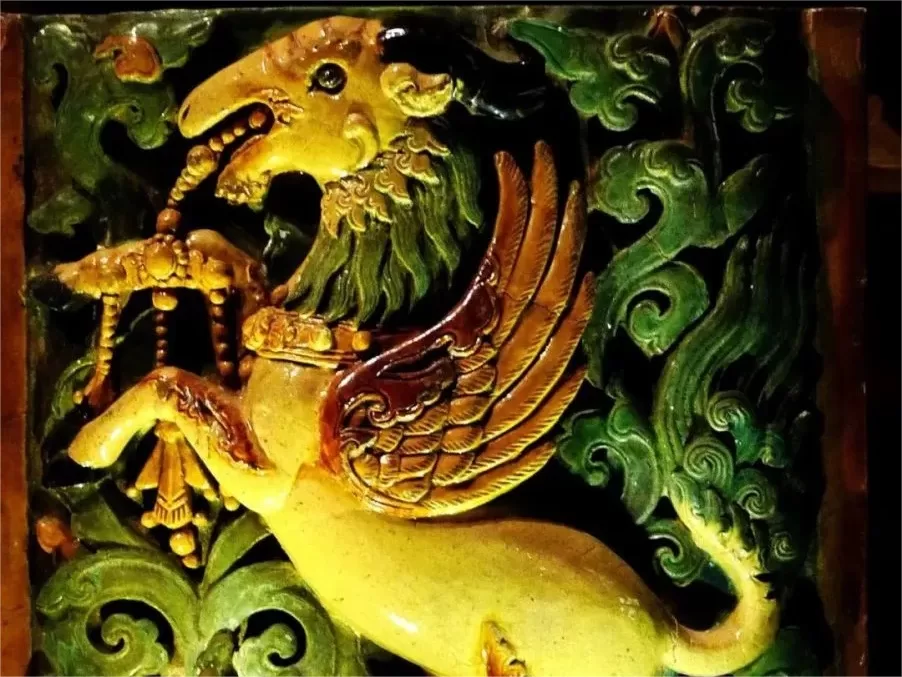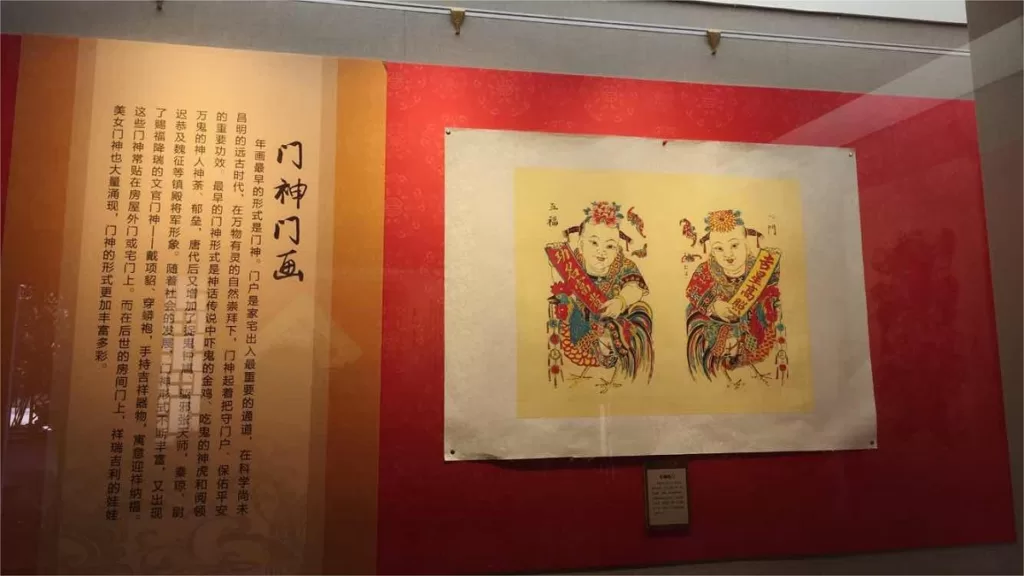The Porcelain Tower of Nanjing (南京琉璃塔), also known as the Liuli Pagoda, was a remarkable architectural marvel that once stood as the central structure of the Great Bao’en Temple in Nanjing, China. Rising to a height of 78.2 meters with nine stories and eight sides, the tower had a circumference of one hundred meters, constructed entirely of glazed porcelain. This monumental project spanned nearly two decades, involving the labor of around 100,000 craftsmen and laborers and costing 2.485 million taels of silver. Upon completion, the interior and exterior of the nine stories were adorned with a total of 144 hanging lamps, each with a wick approximately one inch thick.
Official Ming Dynasty historical records refer to the Porcelain Tower of Nanjing as the “First Tower.” From its construction until its demise, it stood as the tallest building in southern China, representing a wonder in the history of world architecture. It was acknowledged as one of the Seven Wonders of the Medieval World, with Westerners of the time considering it a symbol of China. Notably, both Emperor Kangxi and Emperor Qianlong of the Qing Dynasty visited and climbed the tower during their trips to Jiangnan. However, the tower met its tragic end during the Taiping Rebellion in 1856, after nearly four centuries of standing tall on Nanjing’s soil.
Table of Contents
- Basic Information
- Location and Transportation
- Highlights of Porcelain Tower of Nanjing
- Video about Porcelain Tower
- Attractions Near Porcelain Tower
Basic Information
| Estimated Length of Tour | 1 hour |
| Ticket Price | 120 RMB |
| Opening Hours | 9.00 – 17.30; Last admission: 17.00 |
| Telephone Number | 0086-025-52009999 |
Location and Transportation
The Porcelain Tower was situated in the city of Nanjing, the capital of Jiangsu Province in eastern China. Nanjing, meaning “Southern Capital,” holds a significant place in Chinese history and culture. The tower’s exact address is No. 1, Yuhua Road, Qinhuai District. To get there, you can choose the following ways:
Bus: Take bus 2, 16, 38, 202, 701, 706, or D58, get off at Great Bao’en Temple Relic Park Stop (大报恩寺遗址公园站), and you will be standing at the entrance of the attraction.
Metro: The nearest metro station to the Porcelain Tower of Nanjing is Zhonghua Gate (中华门) on line 1. After getting out of the station, walk along the Zhongshan South Road to the north, and turn into the alley at the first cross to reach the attraction.
Highlights of Porcelain Tower of Nanjing
Architectural Marvel

The Porcelain Tower was a colossal structure, soaring high into the sky and claiming its place as one of the tallest ancient Chinese buildings on record. Its towering height of 78.2 meters, equivalent to a 26-story building, captured the imagination of those who beheld it. At its pinnacle, a pure gold bead, approximately four meters in diameter and reputedly weighing over 1 ton, adorned the tower. Each tier’s eaves were adorned with bronze wind chimes, totaling 152, producing a clear, melodious sound even in the gentlest breeze.
Unique Construction with Lustrous Porcelain

A distinctive feature of the Porcelain Tower was its construction, with the main structure built of bricks, and except for a “tube-shaped heartwood” at the top, the entire building contained “not a single inch of wood.” Both the inner and outer layers were crafted from an intricate assembly of variously shaped and colored porcelain components. This unique decorative artistry earned the Porcelain Tower widespread acclaim.
The production of the various porcelain components for the tower was a highly challenging task, with each piece differing in shape, size, color, and pattern. This complexity contributed to the tower’s extended construction period of 17 years. Historical records indicate that three sets of each component were produced, with one set installed during construction and the other two sets kept underground. In the post-revolution era, numerous porcelain components related to the tower were unearthed in the vicinity of Nanjing, bearing markings and codes.
Eternal Illumination

One of the extraordinary features of the Porcelain Tower was its ability to illuminate the night. As evening fell, 144 bright oil lamps, resembling torches, were lit on the tower, remaining ablaze throughout the night. Whether in the quiet moments of a moonlit night or amidst a stormy, dark night, the perpetual glow of the tower could be seen from the forests at the foot of Zhongshan Mountain to the fishing boats on the Yangtze River. The tower’s nine levels each featured two windows, totaling 144, made of finely ground shell, known as “ming tiles,” serving as the best architectural lighting material in China before the introduction of flat glass.
Global Recognition and Symbolism

The Porcelain Tower of Nanjing gained international recognition, with Western missionaries and merchants praising it as the “symbol of Nanjing” and the “most luxurious and perfect masterpiece of Eastern architectural art.” Comparisons were drawn between the Porcelain Tower and other global wonders, such as the Colosseum in Italy, the Leaning Tower of Pisa, the Underground Tomb of Alexander in Egypt, Stonehenge in England, and the Hagia Sophia in Turkey, as well as the Great Wall of China. In 1839, Hans Christian Andersen, in his fairy tale “The Garden of Paradise,” mentioned a young man named East Wind who flew back from China, having danced around a porcelain tower and made all its bells ring. In this imaginative tale, Andersen conveyed a sense of wonder and admiration for the distant East, symbolized by the Porcelain Tower of Nanjing.










